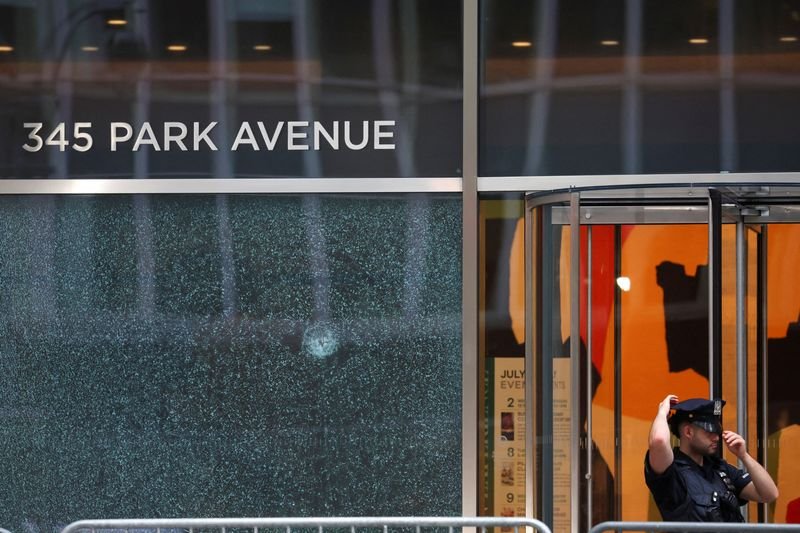NYC Faces $64 Million Reduction in Security Funding Following Tragic Shooting
New York City is set to experience a significant $64 million decrease in security funds as a result of recent policy changes made by the Trump administration. This decision comes in the wake of a tragic shooting incident that has raised concerns about public safety in urban areas.
Background of the Funding Cuts
The reduced funding is part of broader budgetary adjustments by the federal government pertaining to security grants. These grants are crucial for cities like New York, which rely heavily on federal support to bolster their safety measures, including counter-terrorism efforts and emergency response initiatives.
In recent years, New York City has been a focal point for security funding, especially considering its history of being a target for terrorist acts. The loss of these funds could lead to a compromise in the city’s ongoing efforts to enhance its security infrastructure.
Impact on Local Communities
The implications of this funding reduction extend beyond just numbers; it directly affects the city’s ability to maintain adequate safety measures. Local communities depend on these resources to ensure the protection of residents and visitors alike. The funds typically support various programs, including neighborhood patrols, surveillance systems, and emergency preparedness training.
Without this vital financial support, city officials are concerned about the potential rise in crime rates and decreased safety for citizens. The New York Police Department (NYPD), which significantly benefits from these grants, may face challenges in fulfilling its mission to keep the streets safe.
Responses from City Officials
City leaders have voiced their discontent over the funding cuts, emphasizing that adequate security measures are essential for the well-being of New Yorkers. Mayor Bill de Blasio has publicly criticized the decision, arguing that losing such a substantial amount of financial backing undermines the city’s comprehensive security plans.
Officials are advocating for the restoration of these funds, highlighting the need for continued investment in public safety. They argue that funding is essential for not only combating terrorism but also addressing everyday crime, ensuring that communities feel secure.
Alternative Funding Strategies
In light of the cuts, city officials are exploring alternative funding strategies. They are seeking to bridge the financial gap through local budgets and partnerships with private organizations. The goal is to maintain essential safety programs despite the federal reductions.
Collaborating with non-profits and community organizations may provide another avenue for sourcing the necessary funds. These collaborations could result in innovative approaches to enhancing security measures while also bolstering community engagement.
Community Preparedness and Resilience
Another crucial aspect of addressing potential security shortfalls lies in fostering community preparedness. Local organizations are being urged to increase awareness and education about safety protocols. This approach empowers residents to take an active role in their own safety, thereby enhancing community resilience.
As federal funding becomes uncertain, equipping citizens with necessary skills and knowledge becomes increasingly vital. Community-led initiatives, such as training sessions on emergency response and security awareness, can help mitigate the impact of funding cuts.
The Future of Security Funding in NYC
Looking ahead, the future of security funding in New York City remains uncertain. The ongoing discussions around budgetary allocations at the federal level will continue to influence the availability of resources for cities.
Meanwhile, local leaders are committed to ensuring that public safety remains a top priority. They must navigate the challenges posed by funding cuts while seeking innovative solutions to enhance security measures.
Regular assessments of the city’s security needs will be crucial during this period. By continuously evaluating risks and deploying resources strategically, city officials can work to maintain safety in the face of financial adversity.
Conclusion
As New York City grapples with a $64 million cut in security funding, the impact on local communities and safety measures is significant. City officials are working diligently to find alternative funding sources and increase community preparedness, aiming to ensure that public safety remains uncompromised in the face of challenges.
